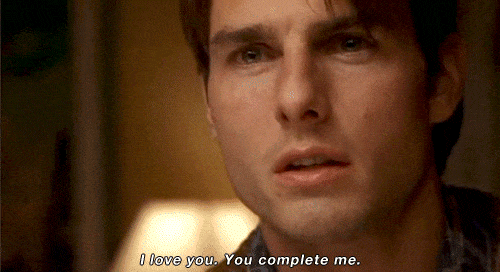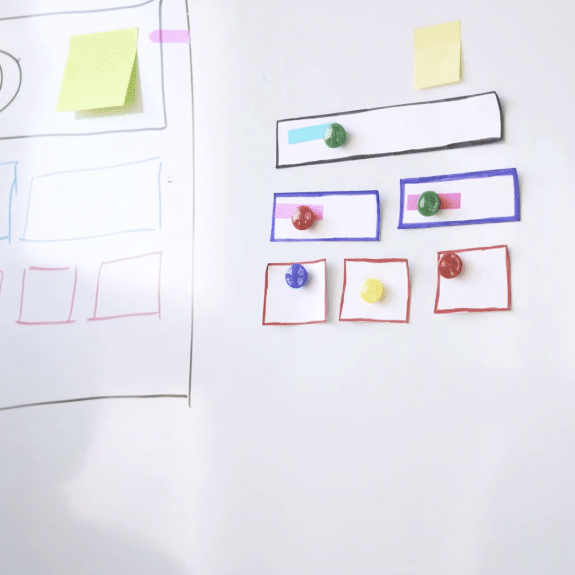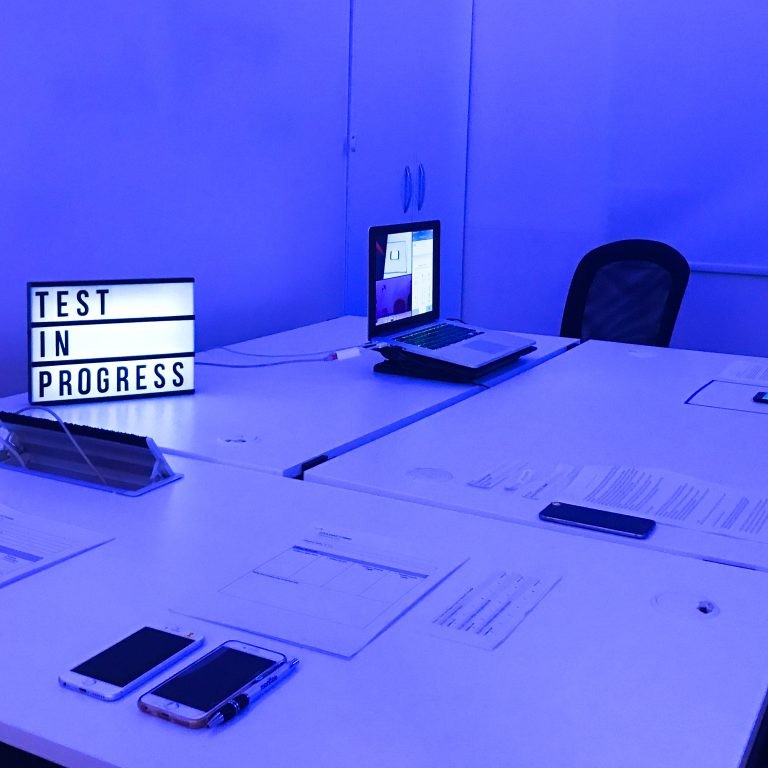Wedding Experience Design: A Design Thinking & Love Mash Up
13/02/2019
Reading Time: 4 minutes
The question has been popped, the ring is on, it’s time to celebrate love… then what? Exhausting and overwhelming wedding preparations, bridezillas, total meltdowns? No way! Not on our watch!
Like it or not, that time of year has arrived. Thanks to Saint Valentine, all roads lead to love, and it’s a great week to blend love and design!
So, we are bringing design thinking principles to the wedding experience design equation. Why? Because almost all aspects of wedding preparations are very human experiences and design thinking starts with human beings. Design thinking is the melting pot of desirability, feasibility, and viability. Because if a desirable service is not viable, can you call it a success? Probably not. Design thinking offers feasible and viable solutions while accentuating your wedding design with personality.
Don’t miss out the latestCommencis Thoughts and News.
How Design Thinking Can Be Integrated With Wedding Experience Design
As wıth any design process, we claim that wedding design requires applying a design thinking process. This time, rather than a wedding inspiration pinboard, we are implementing a design process.
So, here’s what are we going to do. It will be just like the way we design a mobile application. We will follow a series of steps:
Ask questions, synthesize answers> Field Research
Identify target audience> Persona
Try to build empathy> Empathy Map
Shape user journey > User Journey
Generate ideas >Ideation
1- Field Research
Before kicking off a mobile app design process, we start with the customer data. Anybody ever been to a wedding? Anybody ever listened to the worries of their friends or family members regarding all this wedding preparation process? Everybody, right? This shows that you can empathize with the issue. You don’t need to be married to think about the idea of “wedding design”. So there you go. You already have your field research.
Sometimes, we don’t have such information available to us. Unless our clients attach importance to Big Data and systematically keep the data of all their users, this process can be difficult to manage. What do we do then? We start with field research. So, the first mission is to leave the office and go out there to observe the people you’re designing for. Shadowing them without interfering will give you meaningful insights into the world from their point of view. Another way to gain a rich understanding of their motivation is to conduct surveys and user interviews. But keep in mind: it’s not about you. It’s about them. So, you need to ask the right questions in order to understand the people you’re designing for.
2- Persona
When your field research is complete, it’s time to synthesise your findings. By looking for certain patterns in surveys and interviews, you can identify key audience segments and come up with a series of representative personas. While creating personas, just keep thinking through what they really want and need. What are their wishes, needs, motivations, age range, sociocultural characteristics, etc.?
Creating a persona is incredibly important when setting of design principles for the wedding. Wedding design is more than creating detailed floor plans, lighting design, and choosing the flowers, furniture, linens, and attire. It’s about creating the design concept of the wedding. And while conceptualising the whole event, the main reference point is your persona.
3- Empathy Map
Now that you’ve identified your key user segments and created personas, it’s time to step into the shoes of your personas. Here comes the Empathy Map. It helps to better understand their life and capture the “why” behind their needs and wishes. More importantly, the empathy map will help you to take personas and turn them into flesh and blood.
The empathy map simply consists of four levels:
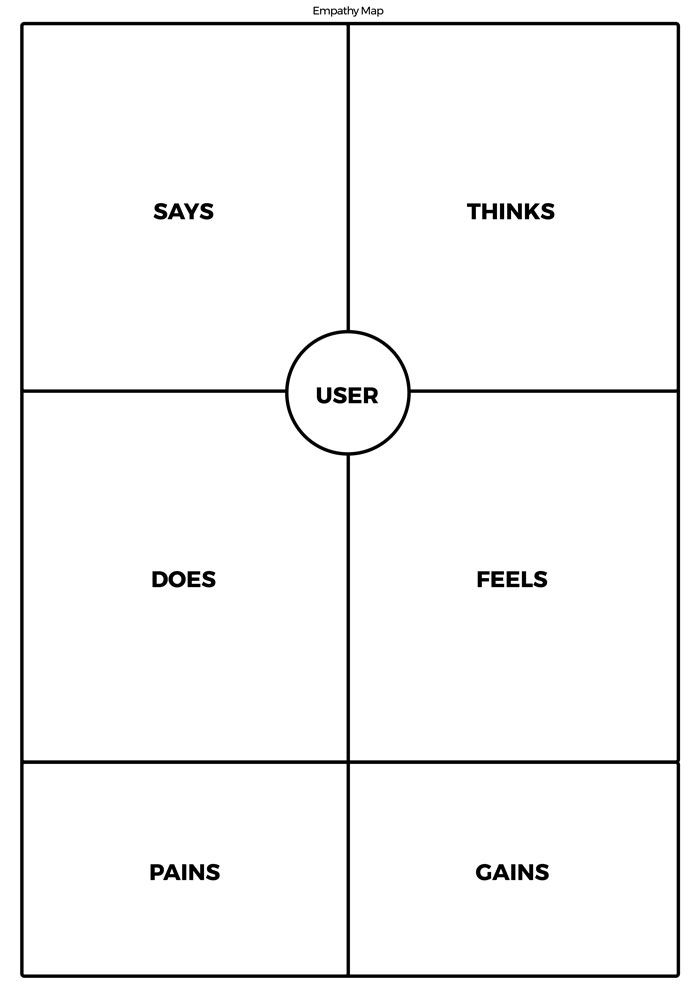
Say: What are your personas saying out loud about wedding preparations? Ideally, the “say” quadrant contains real quotes from interviews and surveys.
Think: What are they thinking throughout the experience? What’s important to them and why? What do they value?
Do: What actions do they take? During the research process, did you notice any particular behaviours?
Feel: What are their emotional states? How are they feeling about this experience? Are they impatient, worried or confused? After the empathy-mapping process, to make it more specific, you can try to make assumptions about their pain points and goals.
Pains: What are the problems your personas are having? What are their fears, frustrations and anxieties?
Goals: What do they really want to achieve? What are their ultimate goals?
4- User Journey
Using the outputs of the empathy map study, you can design journeys for each of your personas and create “journey maps”. User journey maps help to imagine the entire flow of experience and identify the actions, thoughts and feelings of the users in a timeline skeleton. Such a layout makes it easier to map all the potential pain points within the journey and prioritize these problems.
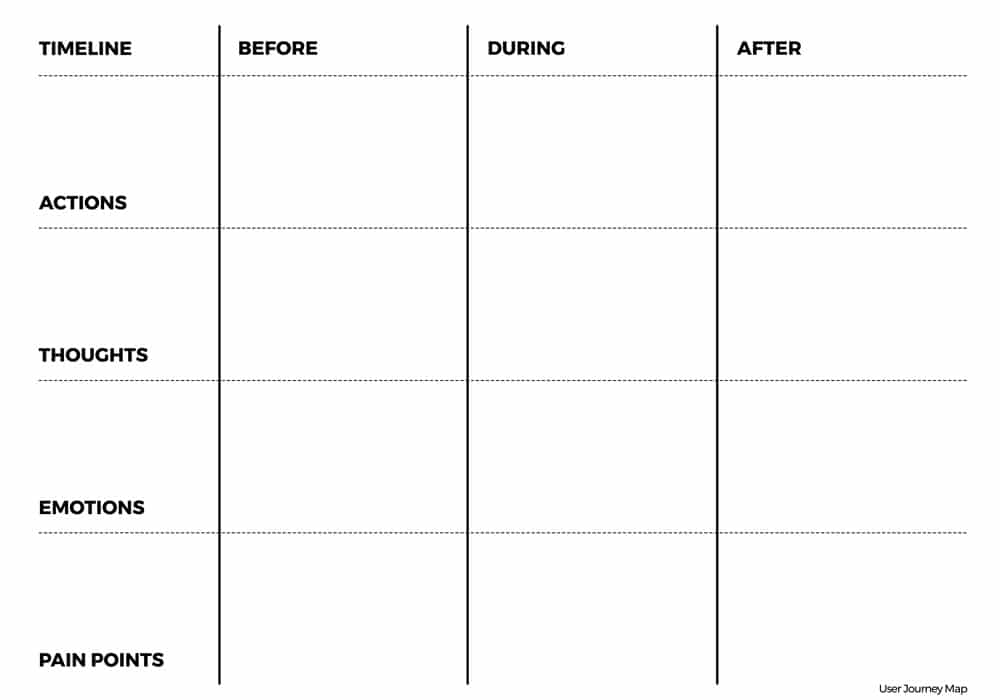
You can create the before, during and after steps of the findings regarding;
Action
Thoughts
Emotions
Pain Points
With the help of such a framework, you can pin down the wedding preparation phase where problems are likely to occur and when personas will be dissatisfied and worried.
5- Ideation
Here, you will make sense of a substantial amount of data, generate tons of ideas and dream up all kinds of possible solutions. Write down your ideas on the post-it notes and put them on the wall or whiteboard so you won’t miss how they connect. You can also cluster similar ideas. At this stage, patterns and themes are likely to be visible to you. This will allow you to narrow down and decide on the very foundations of the wedding design. And now you’re good to go!
Now, you know the secret ingredient of a stellar wedding experience design. So, come on! It’s time to honor the love stories. Let the design thinking process light up your wedding preparations. Cause design thinking completes wedding design like Renee Zellweger completes Tom Cruise aka Jerry Maguire.
